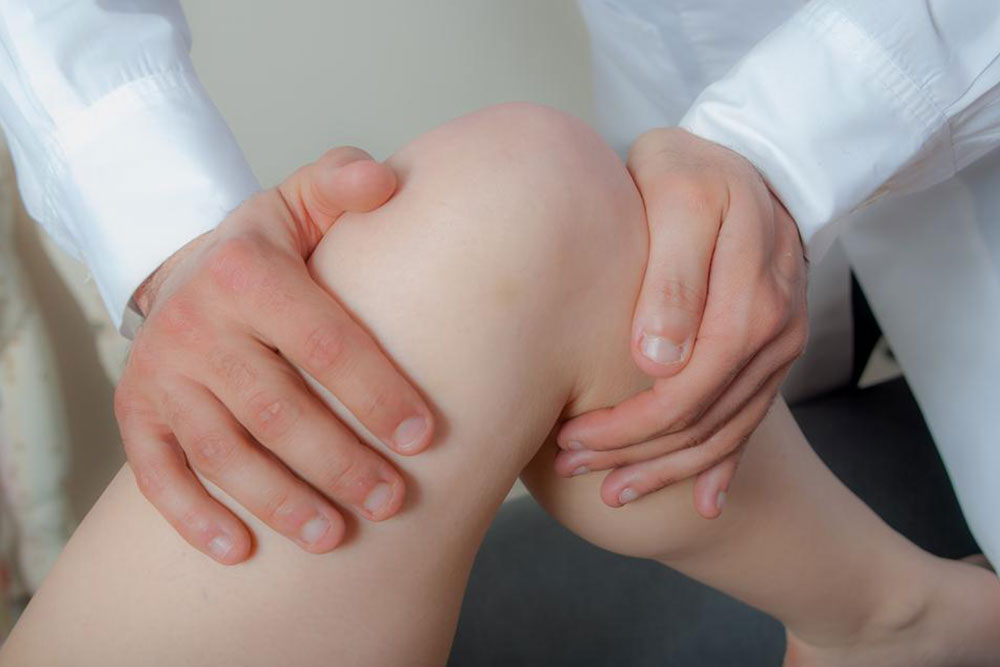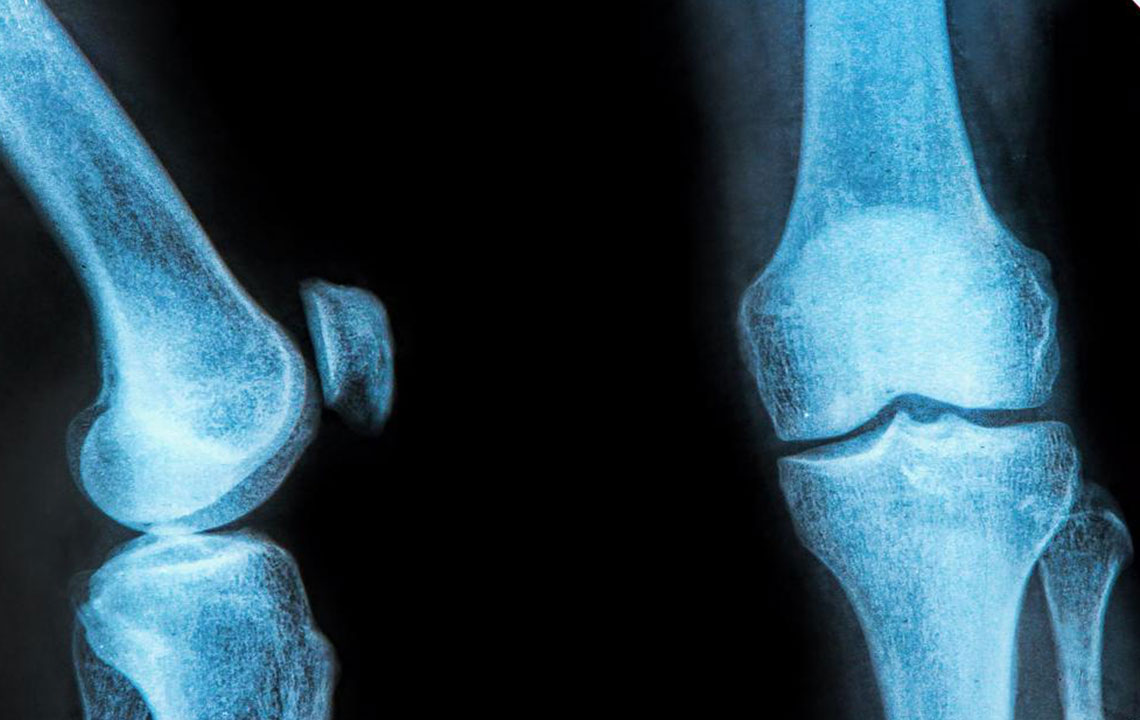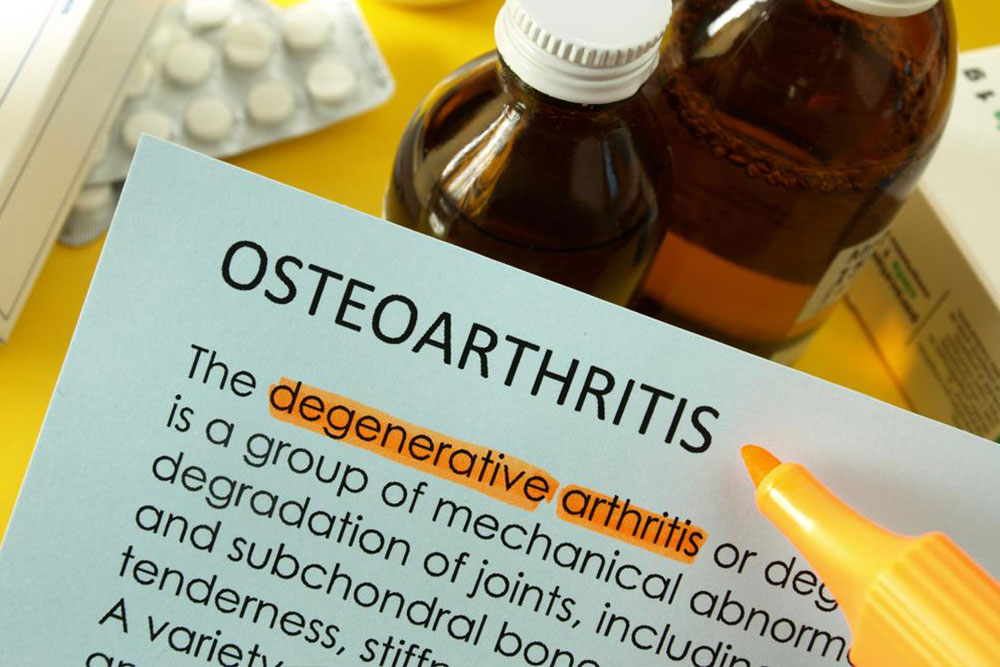Effective Instant Strategies to Relieve Meniscus Injury Pain
Discover simple and effective home remedies for managing torn meniscus pain. This guide outlines immediate relief techniques such as rest, ice application, compression, elevation, and physiotherapy exercises. These non-invasive strategies can help reduce swelling and alleviate discomfort, aiding recovery. Consult a healthcare professional for tailored treatment. Stay informed with expert-approved tips for knee injury management that promote healing without surgery.

Effective Instant Strategies to Relieve Meniscus Injury Pain
A common knee disorder, a torn meniscus occurs from sudden twisting or rotation movements of the knee. The meniscus is a crescent-shaped cartilage that acts as a cushion between the thighbone and shinbone, with one meniscus in each knee. Injury severity increases when the entire weight bears down on the knee, leading to stiffness, swelling, and discomfort. Movement may become painful and limited, making stretching difficult.
Meniscal tears can also result from aging or repetitive overuse, especially in athletes, due to gradual cartilage breakdown.
When a meniscus tears, bones don’t move smoothly over each other, causing inflammation and pain during knee movement. About 60% of adults over 65 experience a meniscal tear, often without prior symptoms. Sudden pain and a popping sensation may occur with injury. The treatment plan depends on injury severity, age, and overall health, which your doctor will determine.
Here are some initial, non-surgical pain relief options for meniscus tears:
Rest the knee: Limit activities that strain the knee, avoiding running and jumping. Use crutches if necessary to minimize pressure, providing immediate pain relief.
Apply ice therapy: Ice packs or cold compresses can reduce pain and swelling. Apply for 15-20 minutes every 3-4 hours for 2-3 days or until symptoms improve.
Compress the area: Wearing a neoprene knee sleeve or elastic bandage helps control swelling. Seek guidance from a healthcare professional for proper support.
Elevate the knee: Keep the knee elevated on a pillow to decrease swelling and alleviate pain during rest or sleep.
Perform gentle exercises: A physiotherapist can recommend stretching and strengthening routines to reduce stress on the knee.










